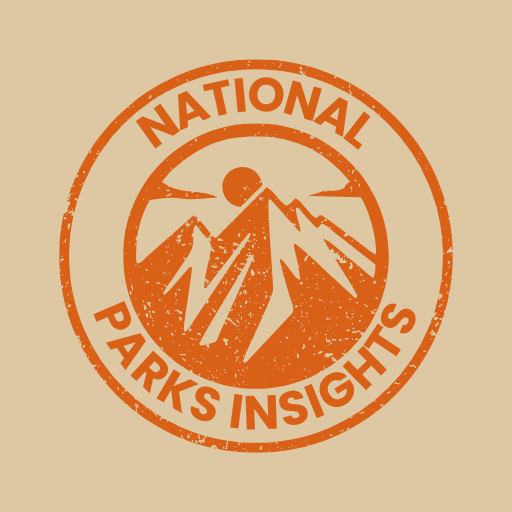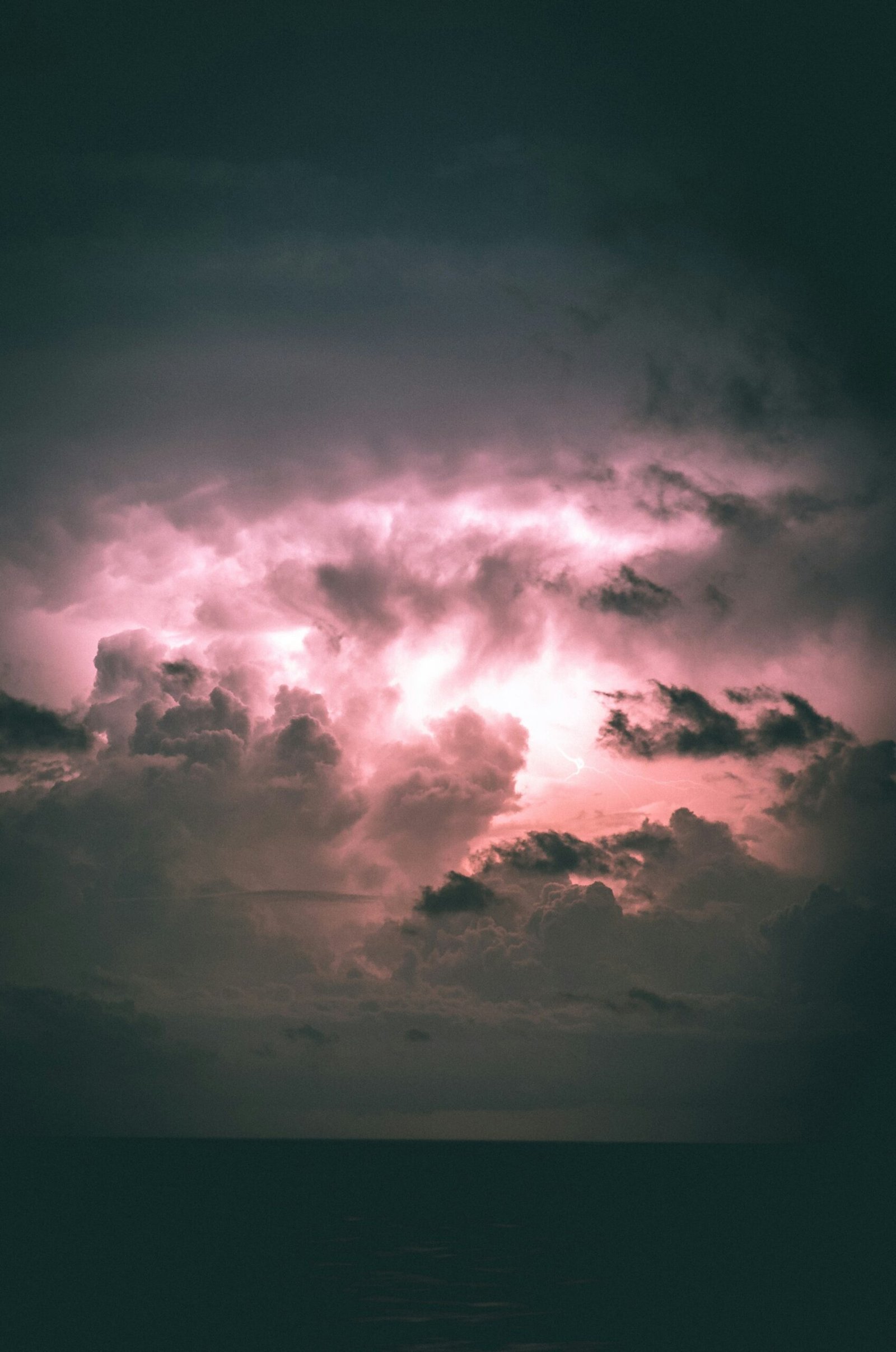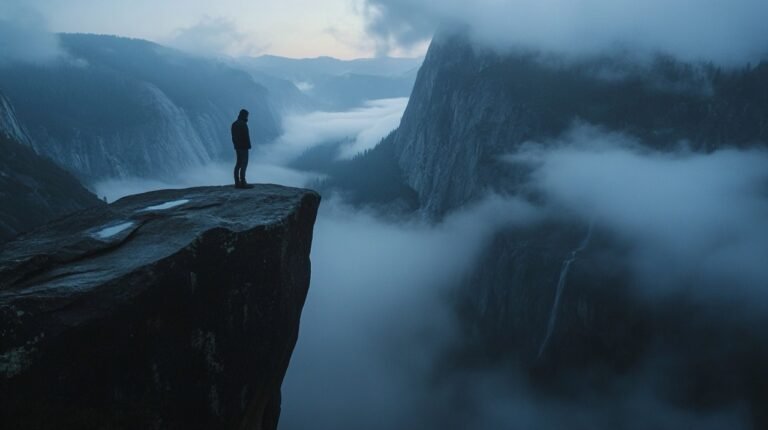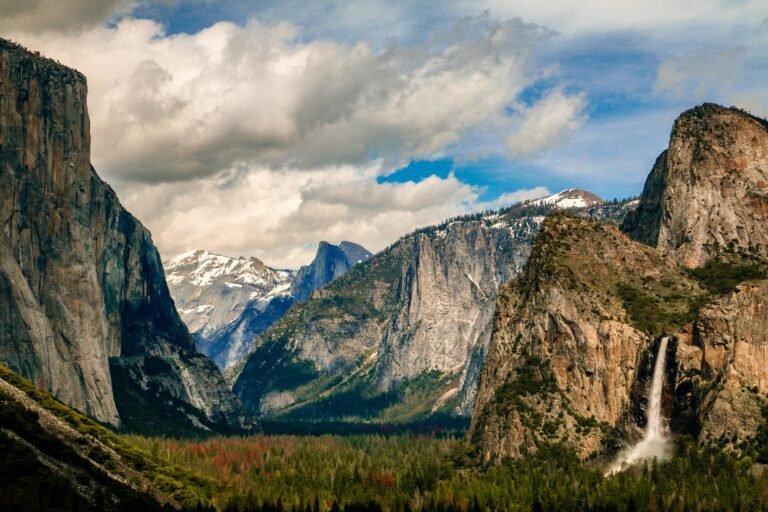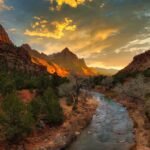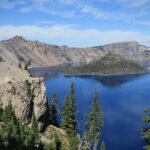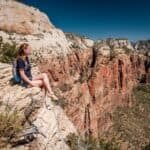Yosemite Weather Overview
Dreaming of fresh air and epic vistas at Yosemite National Park? Before you lace up those hiking boots, let’s chat about the ups and downs—literally. Knowing about elevation changes and having a peek at the weather forecast is your ticket to a safe, fun adventure.
Elevation Variations
Okay, so Yosemite’s landscape is like a playground of different heights, which shakes up the weather and activities across the park. Here’s a sneak peek:
- Yosemite Valley: Nestled at 4,000 feet (1,200 meters), it’s a fave hangout. Why? Oh, just Yosemite Falls and El Capitan, to name a few.
- Wawona Meadow: Also chilling at 4,000 feet, it’s your spot for peace and historical nuggets.
- Hetch Hetchy: A tad lower, perfect for those who love to hike till they drop.
- Glacier Point Road: Starts at 6,000 feet (1,800 meters) and goes…up! The view? Totally worth the climb.
- Tioga Road: Playing between 6,000 to 10,000 feet, this route teases you with jaw-dropping scenes and meadows.
Temperature swings are the name of the game here. Expect toasty vibes in Yosemite Valley but pack for cool breezy action at spots like Glacier Point and Tioga Pass. Check out our Yosemite National Park Weather Forecast page for those minute-to-minute temp updates.
Weather Forecast Tools
Staying clued into Yosemite’s mood (aka weather) can make or break your plans. Luckily, these handy resources have your back:
- National Park Service: Hop over to the NPS Yosemite Weather page for all the nitty-gritty on weather, from past to present.
- Yosemite Hikes: Want the scoop on local weather quirks? Yosemite Hikes dishes out temps and rain info for specific park zones.
- Travel Yosemite: For the lowdown on seasonal shifts, check Travel Yosemite. It’s like having your own seasonal cheat sheet.
Keep these tools handy—and peek at them before you venture out. And hey, swing by our Park Regulations and Safety Measures pages for a few pointers on staying safe and playing by the rules.
Here’s a snapshot of how much rain you might dodge or dance in while visiting Yosemite Valley and Tuolumne Meadows:
| Month | Yosemite Valley Precipitation (inches) | Tuolumne Meadows Precipitation (inches) |
|---|---|---|
| December | 5.6 | 4.6 |
| August | 0.2 | 0.5 |
| Numbers came straight from the National Park Service. |
Get prepped, stay smart, and soak up all the magic this wild, wonderful park has to offer. Need a place to crash? Have a gander at our Yosemite Valley Lodging page and scout out Hotels near Yosemite National Park. Happy trails!
Understanding Yosemite Weather
Alright, let’s dive into what makes Yosemite’s weather tick and how world-changing phenomena like El Nino, La Nina, and the changing climate mix things up a bit.
Impact of El Nino and La Nina
El Nino and La Nina aren’t just fancy names folks like to throw around. These Pacific Ocean happenings play a big role in shaking up the weather, even in places like Yosemite.
- El Nino: When this shows up, it’s like someone turned on the heaters. Temps climb, and sometimes you might catch more rain than usual in Yosemite. Not always, but it’s a fair bet.
- La Nina: Picture the opposite with La Nina. It tends to cool things down, leading to chillier vibes and less rain, meaning you might want to pack an extra sweater (Yosemite Hikes).
These shifts are important for your trip planning. If you want your camping trip to go off without a hitch, it’s good to be in the know.
Temperature Extremes
Ever thought about how cold or hot Yosemite gets? Temperature swings happen thanks to changeable things like elevation and time of year.
Expect the mercury to climb by 6.7 to 10.3 degrees Fahrenheit as we approach 2100. It’s all part of the warming world we’re living in (National Park Service). Here’s how that matters to you:
- Glaciers and Snowpack: Less snow and shrinking glaciers could change the vibe of your favorite hikes and the fabulous waterfalls.
- Wildfire Activity: Toastier times might mean wildfires are more frequent and intense. Think smoky skies and possible visitor advisories.
- Forest Health: The giant sequoias—those epic tree hugger mascots—are feeling the heat too. More droughts and pesky bugs aren’t doing them any favors (NPS.gov).
| Year | Projected Temperature Increase (°F) |
|---|---|
| 2000 | 0 |
| 2100 | 6.7 – 10.3 |
Watching these temperature changes is wise, so your Yosemite adventures are all fun and no surprise weather hiccups. Whether you’re crashing in Yosemite Valley or taking in the views at Glacier Point, peeping at the weather forecast before you head out is a no-brainer.
Seasonal Weather Patterns
Yosemite National Park is a stunner, no doubt about it, but the weather here is a bit of a drama queen. It really likes to shake things up through the seasons. So, get the low-down on how the weather changes, and you’ll be prepped for whatever nature decides to throw your way.
Winter Weather in Yosemite
Winter! When the park looks like it’s wrapped up in a fluffy white blanket. Snow’s the guest of honor, especially up in those heights. In Yosemite Valley, expect around 29 inches of the powdery stuff. Daytimes can be chilly, dancing between 29°F and 60°F, and at night, it’s cozy jacket time with temperatures dipping to about 20°F.
| Month | Average High (°F) | Average Low (°F) |
|---|---|---|
| December | 48 | 29 |
| January | 49 | 28 |
| February | 53 | 30 |
Do yourself a favor and peek at the Yosemite weather forecast before heading out. Grab your winter gear – mittens, hats, all the cozy stuff. And don’t overlook road conditions; snow likes to close some down.
Summer Weather in Yosemite
Summer is basically Mother Nature’s time to show off. It’s all sunshine and warmth, perfect for camping or hitting up some insane hiking trails. Daytime in Yosemite Valley can have temperatures peakin’ at 100°F. But no worries, higher up at Glacier Point, things stay a bit more chill.
| Month | Average High (°F) | Average Low (°F) |
|---|---|---|
| June | 82 | 50 |
| July | 89 | 56 |
| August | 89 | 55 |
Stay hydrated, slap on some sunscreen, and if you’re hiking, get crackin’ early to dodge the afternoon boiler. Or just kick back at one of those nearby eateries when the sun gets a little too persnickety.
Changes Across Hemispheres
Mother Earth’s pretty nifty, tilting and twirling so hemispheres get opposite seasons. While Yosemite shivers in winter, folks down south are partying in the sun, and vice-versa. These switches weave into global weather trends.
Sometimes, courtesy of El Nino, Yosemite might flirt with warmer-weather tantrums, while La Nina could lead to a dousing of cool and wet conditions. Those patterns might nudge your trip plans.
Grasping Yosemite’s weather personality helps you sidestep surprises. Keep one eye peeled on current temps and activities, and head over to our section on the best time to visit for more scoop. Happy exploring!
Weather Factors in Yosemite
Influences on Weather
Yosemite’s got some funky weather. Why? It’s all about those crazy high and low places, playing tag with the temperatures. Nestled over in California, this park struts its stuff with elevation changes that spice things up. Down in the dips, it’s pretty mellow and snow’s a rarity. But if you head up the hills around spots like Yosemite Valley and Glacier Point, be ready to meet Jack Frost – we’re talking snow from September to April.
Mother Nature also throws some curveballs with El Niño and La Niña, those oceanic party crashers. When El Niño comes in hot, Yosemite gets toasty and soggy. On the flip side, La Niña brings a chill and adds a bit of dryness to the mix. This oceanic dance affects everything from snow piles to the drama unfolding at the waterfalls.
| Factor | Impact |
|---|---|
| Elevation | Changes in temps, snow here and there |
| El Niño | Warmer, soggier days |
| La Niña | Chill and dry times |
Impacts of Climate Change
Climate change is changing the game, making Yosemite’s weather flip its script. Scientists have been scratching their heads, predicting a 6.7–10.3°F warm-up from the year 2000 to 2100. And guess what? This mixtape isn’t just about vibes; it packs a punch!
- Snow and Waterfalls: Sierra Nevada’s snowpack might just ghost us by two-thirds come century’s end. Those famous waterfalls? They might peak during crazy winter rains and ghost in spring rather than chillin’ into summer.
- Wildfire Drama: With temperatures cranking up and snow saying goodbye, wildfires are expected to crash the party more often. Forests and critters might not be ready for this hot drama.
- Visitor Experience: Imagine winter losing its snow magic or switching its timing. This change could flip the script on winter activities and views folks flock to see.
| Impact | Projection |
|---|---|
| Temperature Hike | +6.7–10.3°F climb from 2000 to 2100 |
| Snowpack Vanishing Act | About two-thirds might disappear by 2100 |
| Waterfall Flow Change | Water rushes earlier, dries up quicker |
| More Wildfires | Risk and drama skyrocket |
Understanding what’s going down with the weather will help you ace your trip to Yosemite. Stay in the know, check the weather and road conditions, and be ready to roll with whatever nature throws at you.
The more you know about these weather players and climate shifts, the better you can plan the perfect Yosemite adventure while keeping safety in check. Enjoy the ride!
Safety Measures in Yosemite
Rockfall Dangers
When hanging out in Yosemite National Park, most people don’t plan on rocks pulling off surprise attacks, especially in Yosemite Valley. While rockfalls aren’t everyday events, they do happen enough to be a worry—they’ve got the potential to cause serious harm or worse. And when nature starts tossing stones, the National Park Service jumps in, studying these hazards to try and keep everyone a bit safer.
Keep your eyes open, especially if you’re chilling near cliffs or steep slopes. Don’t ignore those warning signs, and always stick to the trails; they’re not just there to look pretty. Want the latest scoop on trail closures or which zones to avoid? Hit up the Yosemite map and talk with the folks at the visitor centers—they’re in the know.
Here’s how to dodge the rockfall drama:
- Steer clear of chilling under cliffs or steep slopes.
- If you hear odd noises, like the eerie sound of cracking rocks, consider that your cue to move.
- Respect any closed trails or detours; they’re there for a good reason.
Hazards with Trees
Another sneaky little danger to stay aware of involves the trees. Some might seem like sturdy giants, but under the right conditions, they can topple like a bad game of Jenga. Factors both natural and man-made contribute to these tree problems, which have tragically caused severe injuries and are even implicated in financial disasters adding up to over $1 million (National Park Service).
Here’s what to do to avoid getting on the wrong side of a tree:
- Keep a sharp eye out for dead or wonky-looking trees, especially if there’s been a storm brewing.
- When setting up camp, make sure you’re not sleeping under a tree that’s giving off bad vibes.
- And seriously, don’t mess around with fallen trees. They’re not jungle gyms.
Below’s a down-to-earth look at the risks from both rockfalls and trees:
| Hazard | Occurrence Rate | Potential Risks | Safety Measures |
|---|---|---|---|
| Rockfalls | Several/year | Ouchies, worse, trails blocked | Don’t park yourself at cliff bases, be sharp |
| Hazardous Trees | Moderate | Injuries, fatalities, property damage | Avoid iffy trees, sense your surroundings |
Keep these handy tips front of mind and you can soak in all the awe-inspiring views Yosemite has to offer without unnecessary drama. For more common sense tips on getting your nature fix safely, have a gander at our guides on Yosemite camping and yosemite hiking trails.
Thunderstorm Safety
Being smart about the weather can keep your visit to Yosemite National Park both fun and safe, especially when thunderstorms roll in.
Lightning Awareness
Summer in Yosemite is not just about sunny skies; it’s also lightning season (National Park Service). Lightning can be unpredictable and dangerous, so keep these points in your back pocket:
- Check the Weather: Keep an eye on the skies and peek at the Yosemite national park weather forecast for any storm alerts.
- Find Shelter Quick: Hear thunder or spot lightning? Dash straight to a building or hop into a car.
- Ditch Lone Trees: Stay away from single trees—they’re like magnets for lightning.
- Keep Clear of Water: Lightning and water are a bad mix. Avoid rivers, lakes, and streams when storms brew.
Precautions to Take
Being ready makes a world of difference during storms. Here’s how you can be storm-smart:
- Have a Plan: Before hitting the trail, know your route and keep a Yosemite map handy. Spot possible shelters along your hike.
- Stay Low and Safe: In open areas, get low with your feet close together. It’s not yoga; it’s practical—less chance for lightning to get you.
- Avoid That Mountaintop: Keep away from tall spots like Yosemite’s famous Yosemite El Capitan.
Lightning Safety Table:
| What to Do | When Thunder Roars |
|---|---|
| Shelter, Stat! | Head for a building or your trusty car. |
| Get Low | Crouch with feet together if you’re in the open. |
| Steer Clear of High Places | Keep your distance from lone trees and tall landmarks. |
| No Water Playtime | Stay away from all water, including lakes and rivers. |
Keep these nuggets of wisdom in mind, and you’ll be ready for anything the clouds throw at you. For more savvy tips on tackling Yosemite’s shifting weather, check out our friendly guide to visiting yosemite national park. Yosemite’s beauty is undeniable, but the sky’s mood can change in a blink, so stay sharp and gear up for your adventure!
Park Regulations
When you head to Yosemite National Park, knowing the park regulations is like knowing the secret to a good time. These guidelines are set to keep everyone safe and happy while preserving the park’s beauty and history.
Wildlife Interaction
Yosemite is like a wildlife wonderland. Its animals are fascinating, but getting too chummy with them can spell trouble for you and the critters.
- Keep your snacks to yourself: Feeding wildlife may seem friendly but turns animals into junk-food junkies, messing up their diet and behavior. Plus, you might end up with furry paparazzi who’s learned to beg.
- Give animals their space: Watching from a distance is best. Grab some binoculars or use your camera’s zoom to admire bears, deer, and birds from afar.
- No touchy-feely: Trying to cozy up to animals isn’t safe. They don’t like surprise hugs and might freak out when approached, which could end badly for everyone.
Messing with wildlife regulations could cost you up to $5,000 and even your stuff (National Park Service). For more park info, check our Yosemite Valley page.
Prohibited Activities
Some rules are iron-clad to keep Yosemite’s charisma and its visitors safe:
- Hunting and Gathering: Think you’re the next pioneer? Collecting plants or historic stuff or hunting wildlife is not an option—it’s illegal with fines to boot.
- Weapon Ban: Yosemite’s not an Old West movie. Bringing or using guns or bows is a no-go.
- Drones are a no-fly zone: Leave the remote control at home. Flying drones disturbs the peace and freaks out the wildlife (National Park Service).
- BASE Jumping: It’s a big nope; BASE jumping’s out, though hang gliding’s cool with the right paperwork.
| Prohibited Activity | Why You Shouldn’t | What’ll Happen if You Do |
|---|---|---|
| Feeding Wildlife | Messes up their natural habits | $5,000 fine, your stuff taken |
| Hunting/Collecting | Stealing nature/history | $5,000 fine |
| Unmanned Aircraft | No drone zone | Lose your drone, get fined |
| Use of Weapons | Weapons aren’t toys | Legal trouble |
Sticking to these rules means Yosemite stays amazing for the kiddos of tomorrow, while you enjoy it today. For more safe adventure tips, visit our Yosemite Half Dome Hike and Yosemite Hiking Trails pages.
Yosemite Weather Data
Precipitation Patterns
Yosemite National Park has a mood as changeable as a teenager’s—when you visit makes all the difference. Most of the wet stuff splashes down between October and May, with a drippy, sloshy peak from November to March.
Here’s what the skies spill over on Yosemite Valley (elevation of about 4,000 feet) month by month:
| Month | Precipitation (inches) | Precipitation (mm) |
|---|---|---|
| January | 7.0 | 177 |
| February | 6.1 | 155 |
| March | 5.2 | 132 |
| April | 2.8 | 71 |
| May | 1.4 | 36 |
| June | 0.6 | 15 |
| July | 0.2 | 6 |
| August | 0.2 | 4 |
| September | 0.9 | 23 |
| October | 2.1 | 53 |
| November | 5.0 | 127 |
| December | 5.6 | 142 |
With snowfall in the mix over winter, the area above Yosemite Valley turns into a stunning snow globe. But come summer, it’s usually dry as a bone with scant rain to speak of.
Temperature Variability
Now, when it comes to temperature, think of Yosemite as the wily weather fox it is—owing much to its varied altitudes, from Yosemite Valley at 4,000 feet to the heights of Tioga Road soaring over 10,000 feet.
Here’s what you can expect in Yosemite Valley, depending on the calendar page:
| Month | Max Temp (°F) | Min Temp (°F) | Max Temp (°C) | Min Temp (°C) |
|---|---|---|---|---|
| January | 48 | 29 | 9 | -2 |
| February | 52 | 32 | 11 | 0 |
| March | 59 | 36 | 15 | 2 |
| April | 65 | 39 | 18 | 4 |
| May | 73 | 46 | 23 | 8 |
| June | 82 | 52 | 28 | 11 |
| July | 89 | 57 | 32 | 14 |
| August | 89 | 57 | 32 | 14 |
| September | 82 | 51 | 28 | 11 |
| October | 71 | 41 | 22 | 5 |
| November | 56 | 33 | 13 | 1 |
| December | 48 | 29 | 9 | -2 |
In August, the temperatures rise to their sizzling peak, while January embraces a frosty chill. This mix of rain and shine can really shake up the park vibes, so it’s a savvy move to eyeball the Yosemite National Park weather forecast before you pack your bags.
Get ready for a trip of a lifetime by keeping an eye on Mother Nature’s Yosemite mood swings and craft a plan that keeps you safe and wowed with memories you won’t forget.
